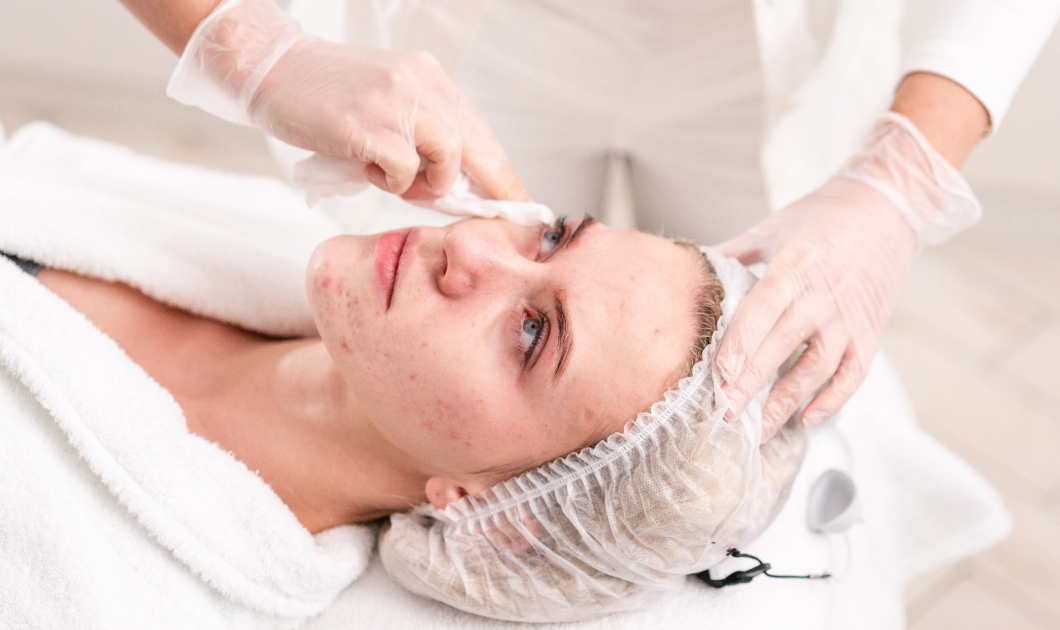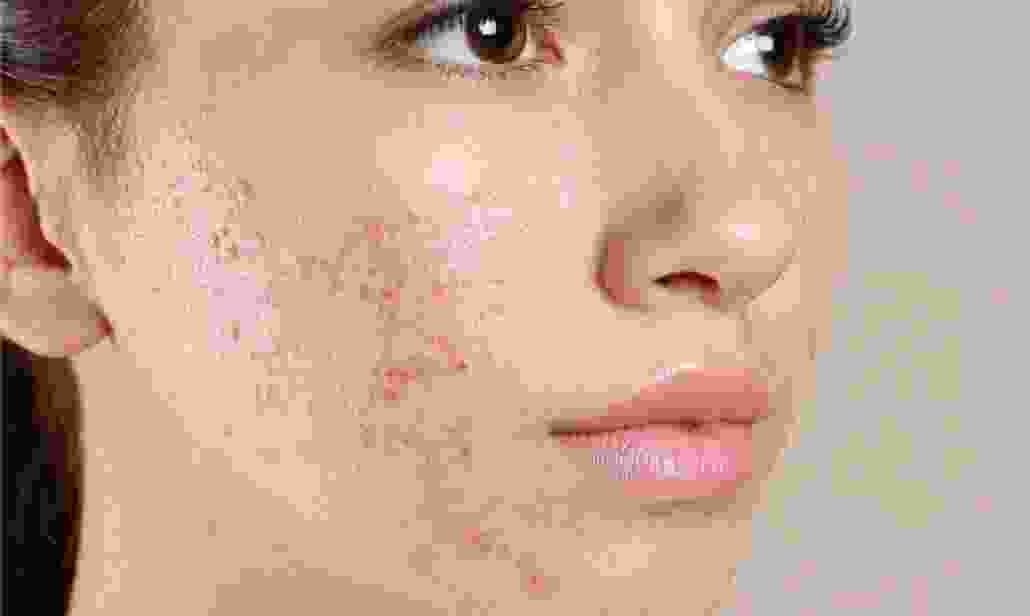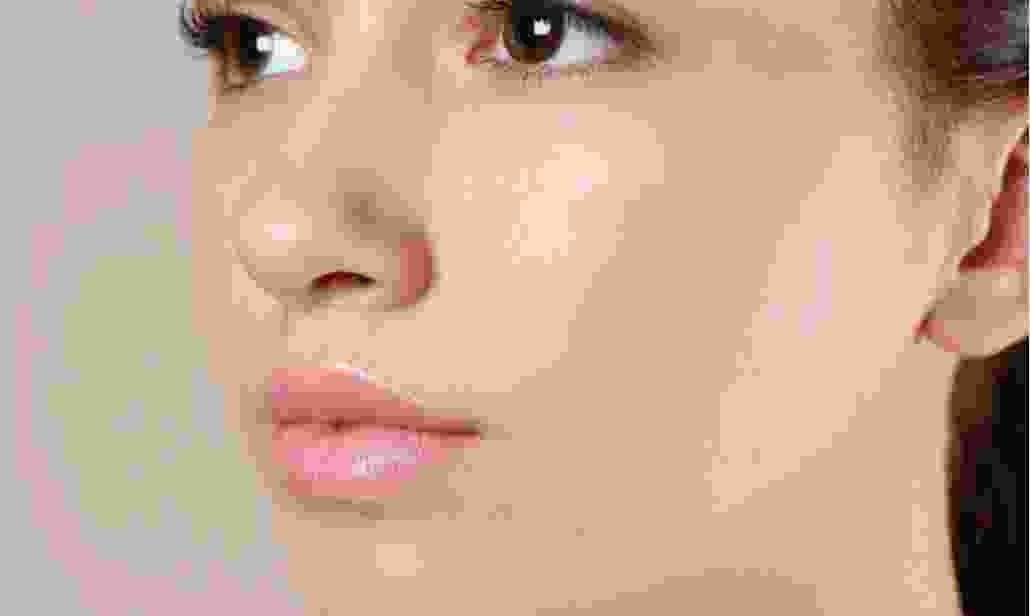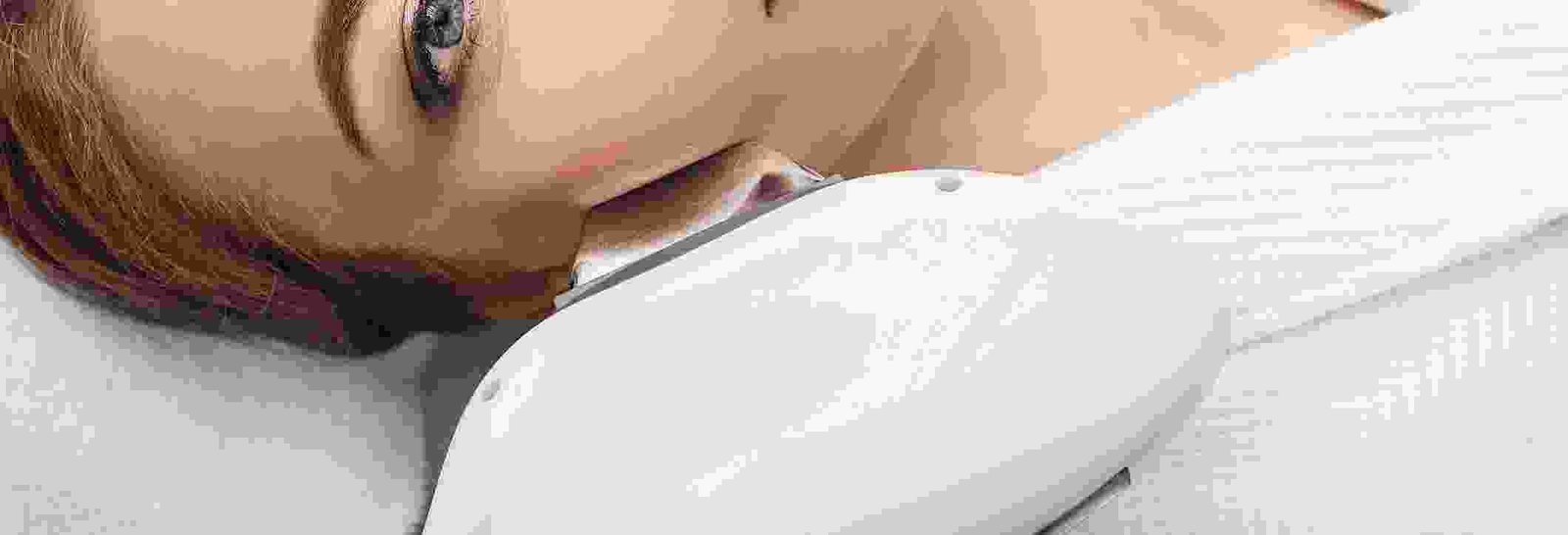- Home
- About
- Services
- Hair Treatment
- Body Treatments
- Spider Vein Treatment
- Face Treatments
- BOTOX
- Carbon Laser Face
- Chemical Peel
- Dermal fillers face
- Eye brow tatoo removal
- Facial rejuventation
- Fractional Laser
- Gloden stamp Facial
- Hydrafacial
- Laser hair removal
- Lip blush
- Mesotherapy hair
- Oxyegeon Facial
- Red carpet Facial
- Photodynamic rejuventation
- RF microneddling
- Thread lift
- Vampire Facial
- Yellow Peel face
- Semi permanent makeup
- Appointment
- Contact
- Home
- About
- Services
- Hair Treatment
- Body Treatments
- Spider Vein Treatment
- Face Treatments
- BOTOX
- Carbon Laser Face
- Chemical Peel
- Dermal fillers face
- Eye brow tatoo removal
- Facial rejuventation
- Fractional Laser
- Gloden stamp Facial
- Hydrafacial
- Laser hair removal
- Lip blush
- Mesotherapy hair
- Oxyegeon Facial
- Red carpet Facial
- Photodynamic rejuventation
- RF microneddling
- Thread lift
- Vampire Facial
- Yellow Peel face
- Semi permanent makeup
- Appointment
- Contact
- ACNE TREATMENT
- Carbon Laser Face
- Back Facial
- Body Fillers
- Ombre brows
- Chemical Peel
- Fat Dissolving Injections
- Fractional Laser
- Hand Rejuvenation
- Lymphatic Drainage
- BOTOX
- Neck Rejuvenation
- Non Surgical Body Contouring
- RF Microneedling
- Skin Brightening
- Spider Vein Treatment
- Tattoo Removal
- Underarm Facial
- Chemical Peel
- Dermal fillers face
- Eye brow tatoo removal
- Facial rejuventation
- Fractional laser
- Gloden stamp Facial
- Hydrafacial
- Laser hair removal
- Lip fillers
- Microdermabasion
- Oxyegeon Facial
- Photodynamic rejuventation
- Red carpet Facial
- RF microneddling
- Thread lift
- Vampire Facial
- Yellow Peel face
- Exosome Hair
- IV Therapy hair
- Mesotherapy hair
- Axillary hyperhidrosis
- PRP hair
- Scalp facial
- Lip blush
- Lips neutralisation
- Microblading
- MELASMA TREATMENT
- ANTI AGING SURGERY
- NAIL TREATMENT
- WART REMOVAL
- SKIN TREATMENT
CONTACT US
- (000) 123-456-789
- 4128 Franklin St, California(CA), 95350
- sirpi@example.com

Photodynamic rejuvenation is a skincare treatment that combines light therapy with the application of photosensitizing agents to address various skin concerns. It’s often used to improve skin texture, tone, and overall appearance. Here’s a detailed overview of the procedure:
What is Photodynamic Rejuvenation?
Photodynamic rejuvenation uses a light-sensitive compound, typically applied to the skin, which reacts to a specific type of light to stimulate a variety of skin benefits. It’s commonly used for treating conditions like acne, sun damage, and signs of aging.
How It Works
- Photosensitizing Agent: A topical photosensitizer, such as aminolevulinic acid (ALA) or methyl aminolevulinate (MAL), is applied to the skin. This agent is absorbed by abnormal cells or skin structures, making them more sensitive to light.
- Incubation Period: The photosensitizer is left on the skin for a certain period to allow it to penetrate and become effective. This period can vary based on the type of photosensitizer used and the specific treatment goals.
- Light Therapy: After the incubation period, a specialized light source, usually a broad-spectrum light or a specific wavelength of light, is applied to the skin. The light activates the photosensitizer, which then reacts with the skin cells to produce a therapeutic effect.
- Post-Treatment Care: After the light exposure, the skin may be red and sensitive. Post-treatment care involves protecting the skin from sun exposure and following any additional instructions provided by your skincare professional.
Benefits
- Improves Skin Texture: Helps to reduce fine lines, wrinkles, and uneven skin texture by stimulating collagen production and promoting cell turnover.
- Treats Acne: Effective for treating acne by targeting and destroying acne-causing bacteria and reducing inflammation.
- Reduces Sun Damage: Can improve the appearance of sun-damaged skin by targeting abnormal pigmentation and promoting skin regeneration.
- Enhances Overall Skin Appearance: Provides a more even skin tone and a radiant complexion.
Procedure Duration
- Time: The entire process usually takes 30 to 60 minutes, depending on the treatment area and the specific protocol used.
Recovery and Results
- Downtime: There may be some redness, swelling, and peeling after the treatment, similar to a mild sunburn. These effects typically subside within a few days.

Before



